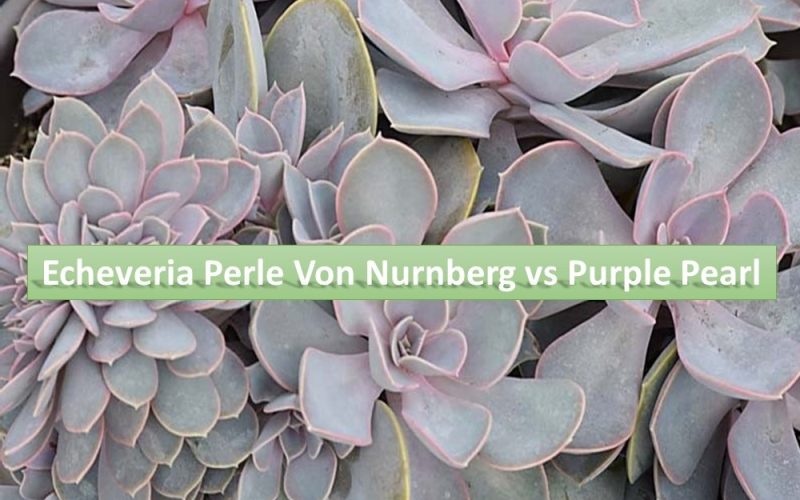Echeveria perle von nurnberg vs purple pearl: The Last Word
Hi, I’m a horticultural consultant, and in this post, I’m going to give the ultimate answer to one of the frequent questions in succulents identification: Echeveria perle von nurnberg vs purple pearl. While shopping in plant nurseries or searching on Google, you will find various names like Echeveria perle von nurnberg, Echeveria purple pearl and even Echeveria gibbiflora 'Purple Pearl' for one of the most stunning purple Echeveria types. But who is she? Are all of them the same plants or various Echeveria species? Indeed, they are the same plants without any difference. Please keep reading to find out my…










